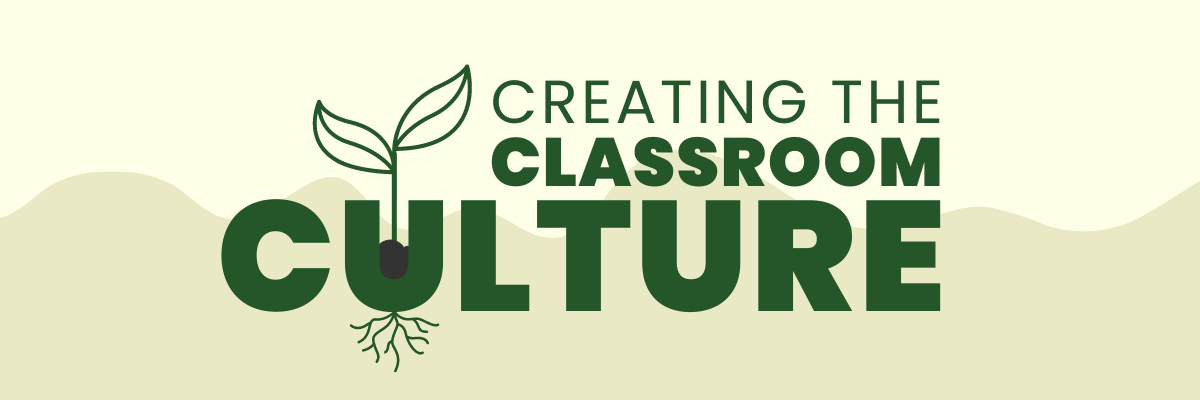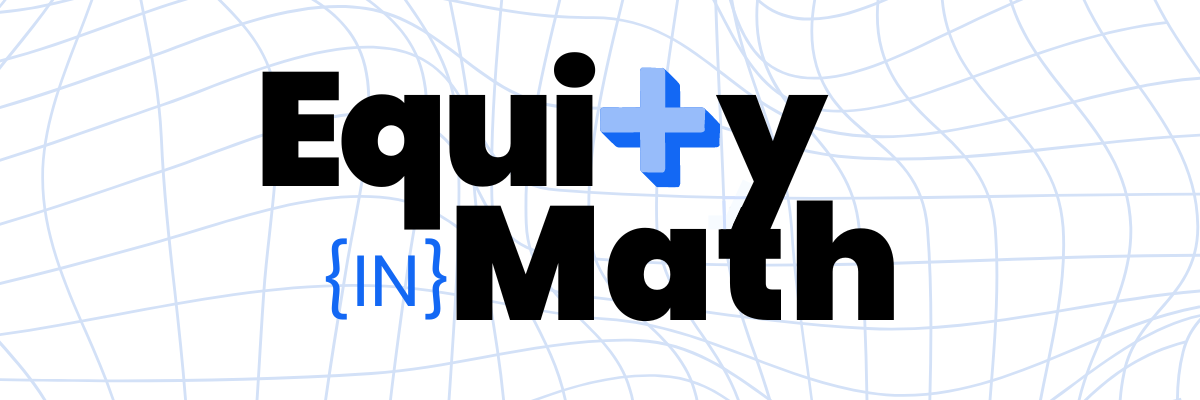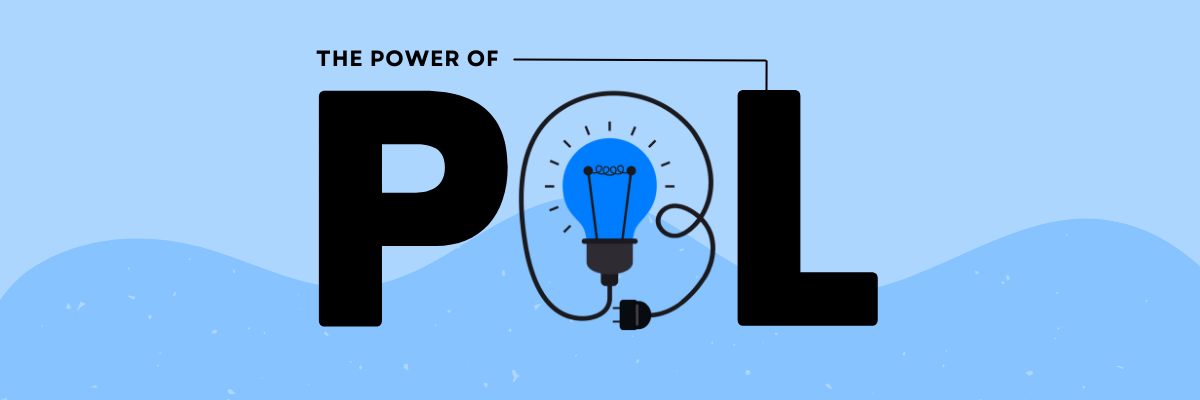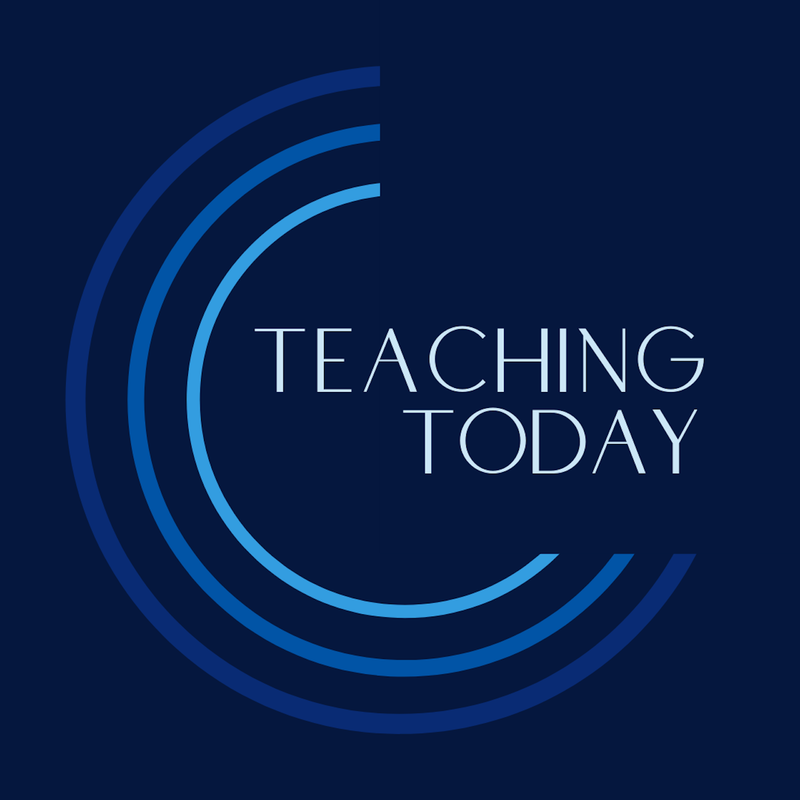|
Three simple ways to incorporate critical reflection into your practice.
When designing professional development projects, we’re constantly examining how our promising practices can be solidified as we support educators. Through this examination, we’ve come to identify five principles of practice: Communities of practice, Contextualized practice, Critical reflection, Cultivating strengths, and Cycles of inquiry. As part of our series investigating each of these principles, let’s dig deeper into critical reflection. (You can see previous entries in this series here.)
Critical reflection includes meta-cognition, self-awareness, and considering multiple viewpoints — features which result in reflective action. Individuals who are able to reflect critically on their experiences are better positioned to learn from their successes and missteps so that they can be constantly improving their practice. The basic principles of critical reflection are all the more relevant today as we live in this fast-paced world, and we include opportunities for personal, professional, and peer-to-peer reflection in all of our workshop experiences.
What can reflection look like?
A cornerstone of CPET conferences and institutes, critical reflection helps us begin each Chancellor’s Day with time, space, and guidance that positions teachers as experts who can articulate the needs and desired outcomes for their learning.
Getting started: three ways to incorporate reflection
Reflection recipes Teaching is like cooking: both an art and a science. Invite participants to reflect by making a list of ingredients from their year. Turn the ingredients from a list into a reflection recipe. What do they notice? What happens when they add a creative element to their practical list? Participants share their recipes, draw connections between experiences, and consider how they gain perspective on their school year as a result of this reflection. Reflection inventory Not all participants will be into the touchy-feely-artsy reflection. For those folks, we include a teaching career inventory as a means for reflection. Using a timeline template, participants review what they’ve taught over their experience as a teacher, what education they have pursued themselves, and their goals, and then consider next steps for their future as an educator. Teachers may want to sit in subject area groups to bounce ideas off one another. Reading reflection Following a period of research or reading, utilize our What, So What, Now What resource to help jumpstart your reflective process:
Utilizing a cycle of inquiry with school teams as a powerful means towards transforming practice.
When designing professional development projects, we’re constantly examining how our promising practices can be solidified as we support educators. Through this examination, we’ve come to identify five principles of practice: Communities of practice, Contextualized practice, Critical reflection, Cultivating strengths, and Cycles of inquiry. As part of our series investigating each of these principles, let’s dig deeper into cycles of inquiry. (You can see previous entries in this series here.)
We believe in and utilize a cycle of inquiry with school teams as a powerful means towards transforming and improving practices and school structures. Our approach is inspired by the notion of social inquiry, as developed by John Dewey and C.S. Pierce, which privileges reflection and action, and articulates a process to identify a problem and investigate it through collaborative experimentation and exploration to develop a clearer understanding of an issue.
We’ve got more to say on our foundations and theory, but my three-year-old nephew demonstrates the practice efficiently and effectively with his very favorite question: Why? We aren’t going to go swimming right now. Why? Because we’re going home. Why? It’s late, and you need to get dinner and a bath before bed. [Pause] Is the pool open? Yes, it’s open. Can we get bath at the pool? I suppose we can, yes. But what about dinner? Why? Because you’re going to get hangry soon. What’s hangry? Remember, when we don’t eat and then small things bother us, and then we get mad easily, and sometimes we throw a tantrum? And we have to sit to think about it? Yes. [Pause] McDowell’s! (yes, he says McDowell’s) I see it. Maybe can we eat then go swim? Why? Then we can eat and swim and be happy to swim. The conversation continued. We went swimming. On the way home we talked about swimming and why it makes us happy. My nephew asked, “Why?” at least a dozen more times. His pauses helped me see that he was thinking about the answer — he remains curious no matter the subject.
Previously, I shared how our team goes about exploring our questions and challenges. Once a month, we gather together for Fiesta Fridays, which involve self-directed team-building activities that allow us to use play to surface larger challenges. Last year, our team began a cycle of inquiry focused on our Fiesta Friday experiences by using a simple structure to capture what we were curious about:
I am studying (topic): norms and consensus within the Fiesta Friday (FF) experience because I want to find out how: FF partners should perform in order to better understand: the goal of FF so that we will know more about: how well we are meeting that goal. From this starting point, we introduced letter writing as a way of passing along our learning from one Fiesta Friday to the next. Planners from January’s experience wrote a letter to those planning February’s outlining their goals for the experience, how it connected to the previous FF goals, and what, if anything, they might have changed following the experience. After a few months, we had some data we could use to loop back into our original question about FF partners and FF goals. Our inquiry process is informed by Dewey’s and Pierce’s descriptions of three cyclical stages of the inquiry process: deductive: identifying an issue and developing a hypothesis or approach to try; inductive: testing a hypothesis and noting implications; and abductive: returning to adjust and hone a hypothesis or strategy based on experimentation.
With our partner schools, we see that by engaging in a cycle of inquiry to improve instruction, educators can identify the problems specific to their contexts and engage in a cycle of exploration to seek promising practices that address their particular needs, as opposed to relying solely on experts for “answers.” We turn the focus toward the questions that are bubbling up for teachers and for students. Where is the curiosity? What questions do their questions lead to, and what can they learn along the way?
During our inquiry process, we may refine the question or gather information that leads us to a new question, but we start with curiosity. We wonder. We ask, “Why?” We imagine. What are you curious about today? Perhaps you’re interested in giving it a little thought through writing: I am curious about ___________________________________ because I want to find out (what/how/why) ___________________________________ in order to better understand (what/how/why) ___________________________________ so that we will know more about ___________________________________.
How to step back, look, and listen to see where communities may be forming or where we can invite them to form.
When designing professional development projects, we’re constantly examining how our promising practices can be solidified as we support educators. Through this examination, we’ve come to identify five principles of practice: Communities of practice, Contextualized practice, Critical reflection, Cultivating strengths, and Cycles of inquiry. As part of our series investigating each of these principles, let’s dig deeper into communities of practice. (You can see previous entries in this series here.)
Identifying members of your community with an interest in professional development can be a first step in building an internal coaching structure within your school, and if you’re already humming along with a teacher coaching practice, looping back to some basics can help you identify additional teachers to invite into a growing community of practice.
“Communities of practice are formed by people who engage in a process of collective learning in a shared domain of human endeavor: a tribe learning to survive, a band of artists seeking new forms of expression, a group of engineers working on similar problems, a clique of pupils defining their identity in the school, a network of surgeons exploring novel techniques, a gathering of first-time managers helping each other cope. In a nutshell: communities of practice are groups of people who share a concern or a passion for something they do and learn how to do it better as they interact regularly.”
Step back
We often become so familiar with our own school and colleagues that we miss a new or forming interest — especially when it’s late in the school year and we’re sure we know everyone well enough to ascertain who is interested in receiving or leading PD and who isn’t. However, if we step back, we may see something new. At the next grade level team meeting, take a breath and look around as if it were the beginning of the school year. During your next staff meeting, imagine the people around you have changed over the school year (they probably have) and look and listen for new evidence of the desire to grow professionally. Look Take a look over a list of your staff and identify which teachers have tried something new in their classroom. What might happen if you invite them to share with one other teacher, in their department, or with the larger community? Where do you see teachers gathering in pairs or small groups? Do they share a common interest that could translate into professional learning? For instance, back when the first Harry Potter book came out, teachers reading the book decided to gather together to form a book club that spent the first half hour talking about their own experience of the book and the second half talking about how they could spark their own student’s imagination through creative writing prompts. Look around. Where might professional learning groups be a logical next step to what is already happening? Listen Perhaps it’s more likely in your situation that teachers aren’t forming their own learning groups naturally. Take a moment instead to listen for the needs you hear being voiced. Do you hear struggles in the form of complaints? There’s not enough time. / How am I supposed to fit [this] in? / I’ve tried everything with [this kid]! What teacher do you know who has struggled through this same problem in the past? Consider asking the teacher who overcame the struggle to invite the teacher in the midst of the struggle to problem-solve together. Listen to the whole staff: do you have results from any recent survey you can dip back into for a sense of the needs across your team? Identify several needs and offer a problem of practice protocol in your next email to staff or invite teachers to form small groups that engage with a protocol to address their concerns. Maybe it’s time for a new survey focused on asking questions directly about PD needs and especially about the interest of teachers to collaborate and learn from one another. It’s a great time to listen for needs that you want to meet over the summer and going into 2019-20.
The reality is that communities of practice are everywhere. Sometimes we can see them clearly and other times we need to step back, look, and listen to see where they may be forming or where we can invite them to form between folks who don’t realize that just across the hall is someone else with the same interest or struggle. Wagner describes it like this:
[Communities of practice] are a familiar experience, so familiar perhaps that it often escapes our attention. Yet when it is given a name and brought into focus, it becomes a perspective that can help us understand our world better. In particular, it allows us to see past more obvious formal structures such as organizations, classrooms, or nations, and perceive the structures defined by engagement in practice and the informal learning that comes with it.
The idea that “one size fits all” is a myth.
When designing professional development projects, we’re constantly examining how our promising practices can be solidified as we support educators. Through this examination, we’ve come to identify five principles of practice: Communities of practice, Contextualized practice, Critical reflection, Cultivating strengths, and Cycles of inquiry. As part of our series investigating each of these principles, let’s dig deeper into contextualized practice. (You can see previous entries in this series here.)
Contextualized practice — what does it mean?
Contextualized practice means that our processes, activities, and strategies are situational, and will change based on the environment or circumstances. The idea that “one size fits all” is a myth in clothing and a myth in professional development. Our work responds to the needs of the community as we build relationships and engage community members as collaborators and co-architects of our PD plans and processes.
What does it look like in real life?
It looks messy. Though contextualized, it doesn’t mean we’re working without a plan, goal, or strategy. It does mean, however, that we show flexibility in how we implement our plans based on the experiences we have and the people we’re working with. We may find that a project needs adjustment after realizing initial goals were overly ambitious, or that necessary skills are not yet in place. In real life, we take into account what we know and understand about the project and the people in order to plan our approach, and we continue to mold and shape our processes to meet the needs that emerge throughout the project. This can sometimes lead to changes in goals, responsibilities, or ways of working — and we know that it takes time to realize these nuances within a project. We are committed to this approach because without it, we don’t believe that impactful learning occurs.
What needs does it address?
First, it’s responsive to the needs of our partners and their goals. Because our processes aren’t prescriptive, we seek to match the values and priorities of each project rather than prioritize our own set agenda. Second, it positions us as a true partner at the start of each project, co-constructing with educators, schools, and learning communities. Rather than informing what people should do, we serve as thought partners, imagining what we could do.
What are key practices or strategies?
Can coaching be effective without this principle?
The answer is simply, no. If we are not customizing our practices and approaches to work with each individual project, we aren’t meeting the needs of their unique community. Cultivating strengths in real life requires deep thinking and sustained practice to become authentic. We work hard to meet the needs of teachers and school leaders within their own context. As they’re striving to meet ever-changing standards, we’re striving to bridge gaps between theory, research, policy, and practice. When designing professional development projects (including job-embedded coaching, workshop series, institutes, and retreats), we’re constantly examining how our promising practices can be solidified even as we support schools to manage evolving mandates. Through this examination, we’ve come to identify five principles of practice: Cycles of Inquiry, Communities of Practice, Contextualized Practice, Cultivating Strengths, and Critical Reflection. Theory Professional development that is anchored within a strengths-based framework results in greater teacher satisfaction and greater rates of goal completion. Supervisors that are trained to cultivate strengths with an incremental implicit theory mindset are more likely to better discern growth in an employee (Heslin & VandeWalle, 2008). Incremental implicit theory is also known as a growth mindset, which is the belief that personal attributes like ability and intelligence are improvable over time. Carol Dweck’s growth mindset work demonstrates how this understanding translates to developing ability in more than just students. This provides the space to assess, plan, and coach toward improvements. Strength-based coaching, or Positive Psychology Coaching, works with the inherent strengths that we all have and uses both general and targeted development strategies to make an impact in one’s practice. Great! Yes! From personal coaching language to professional coaching language, in yoga class, podcasts, and article after article across the internet, we see the theory repeated. I did one quick Google search with these top returns:
While most of us would probably agree that positive language is . . . well . . . positive, is that really what we mean when we’re talking about cultivating strengths? When responding to student work, for instance, how does a positive comment like, “Good job!” cultivate the student’s problem-solving skills in math class or invite them to the next level of their writing craft? “Teachers can’t ’make’ students focus on or learn something. Teacher feedback is input that, together with students’ own internal input, will help the students decide where they are in regard to the learning goals they need or want to meet and what they will tackle next.” Practice Cultivating strengths in real life requires deep thinking and sustained practice to become authentic. To be useful in our classrooms, the language we use cannot merely be positive for the sake of creating a positive environment, but it must also provide students with a map so they can move from the place they are to the place we are confident they can be. When you want to say, “Good job!” what is it that you mean? Why is it a “good job”, and what can you point out as a strength? What are the next steps for the student to cultivate this strength you’re pointing out? And how do you provide this feedback when you have 30 – 150 students to respond to in any given week? The good news is that since we often see similar issues in our discipline — common errors in a math problem or science experiment, typical word choice at a given writing level, similar mistakes at each stage of learning during physical education challenges, or consistent misunderstanding of historical events — once we think through the language we want to use in our feedback, we can apply it to more than one student. Additionally, there are some common phrases teachers use that can be transformed by using a sentence stem to support your feedback across all students.
What about me? I use MINUS, CHECK, PLUS
You’re the expert on your classroom. What ideas does this give you? What does cultivating strengths look like for you with your students? Comment below! |
|
The Center for Professional Education of Teachers (CPET) at Teachers College, Columbia University is committed to making excellent and equitable education accessible worldwide. CPET unites theory and practice to promote transformational change. We design innovative projects, cultivate sustainable partnerships, and conduct research through direct and online services to youth and educators. Grounded in adult learning theories, our six core principles structure our customized approach and expand the capacities of educators around the world.
|
ABOUT US
525 West 120th Street, Box 182 New York, NY 10027 416 Zankel Ph: (212) 678-3161 [email protected] Our Team Career Opportunities |
RESOURCES
Professional Articles Ready-to-Use Resources Teaching Today Podcast Upcoming PD Opportunities |
COACHING SERVICES
Custom Coaching Global Learning Alliance Literacy Unbound New Teacher Network Student Press Initiative |


























